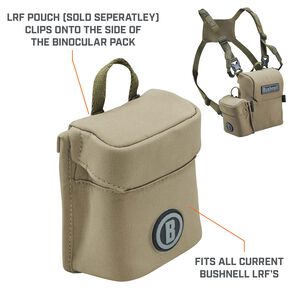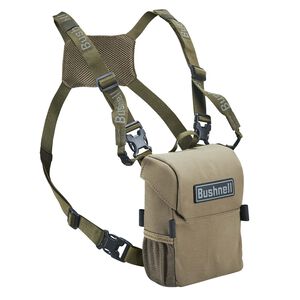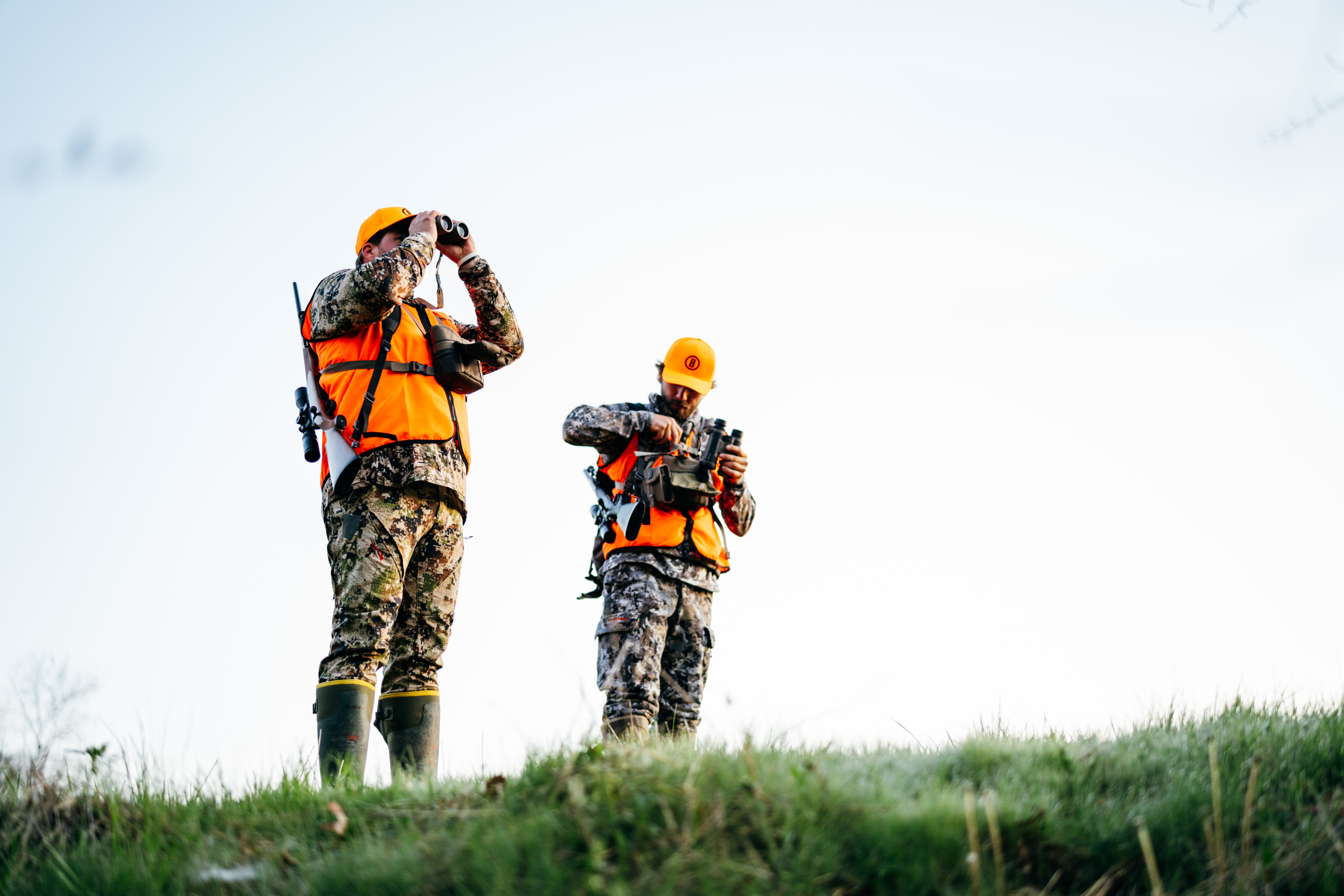
MAKING THE MOST OF YOUR TRAILCAMS DURING HUNTING SEASON
Today’s Bushnell trail cameras are better than ever. The images they produce feature richer color, sharper detail and increased resolution. And camera setup? It’s as simple as mounting the camera in your chosen location and turning it on.
That said, there are some steps that can be taken to produce the most interesting and dynamic images (and video) as possible. Let’s dive into a quick Trailcam Master Class to help take your trailcam to the next level this season.
LOCATION, LOCATION, LOCATION
To capture the best images, and plenty of them, you must carefully consider the location in which the camera will be deployed. This where thinking like a hunter and a photographer can pay off in a big way.
Thinking like a hunter, you’ll know what areas should deliver the most game activity in front of the camera. For whitetails, it’s hard to beat an active scrape setup. A fresh scrape is a hub of deer activity and will be visited by the bulk of antlered bucks in the area at some point and those bucks typically visit the site on a consistent basis throughout October and into November. Monitor enough scrapes and you’ll quickly realize that bucks are far from the only visitors to the scrapes. Doe activity on scrapes is high as well and this can really help when it comes to fine-tuning setups as the rut approaches.
Thinking like a photographer, you’ll place your camera near those scrapes in a manner that maximizes the potential for in ideal image. Always factor in lighting…lighting is the key to a truly stellar image. Since the majority of activity at a scrape area takes place during low-light conditions (either after-dark or during periods of sunset and sunrise), consider how a rising or setting sun will impact the light hitting the camera. Pointing a camera in a northernly or southernly orientation when possible can help reduce the glare that can have a negative impact on picture quality.
HANG IT HIGH…OR LOW
If you’re like most hunters, you likely place your trailcams about waist-high. This can certainly produce excellent images. But it can also lead to increased instances of lens flare, light glare and somewhat mundane compositions. By placing the camera a bit higher and angling it down towards the subject area, you can eliminate flares and glare while also capturing a unique view of the game you’re trying to photograph.
An added benefit of the hang-them-high approach is that your camera is out of the line of sight of game (and other hunters who may happen across it). All Bushnell trailcam models use either low-glow or no-glow flash systems for night shots which greatly reduces the chances of the camera alerting game as an image is taken. By placing the camera above their line of sight, however, you can reduce the potential of detection even more.
SPEED MATTERS
As the rut approaches, trigger speed on a camera becomes even more critical, as does the ability for the camera to refresh and grab another image quickly.
Bushnell’s trailcam lineup features best-in-class trigger speeds as well as best-in-class recovery rate. Let’s look at a scenario as to why this really matters.
As October progresses, the rut gains momentum. Bucks become more active and are often seeking out those first receptive does. Spend any time in the woods and you’ll see this play out. A doe will pass by and, moment (or minutes) later, a buck is spotted following her exact path of travel. When the rut intensifies, those bucks are often hot on the heels of the doe and both animals are in a pretty big hurry.
A trail camera with a slow trigger speed will miss those deer as they dash past. A trail camera with a slow refresh rate may capture an image of the doe but miss the following buck.
Running a camera like the Core DS-4K which features incredible 0.15-second trigger speeds and a recovery rate of one second means you can know that you’ve likely captured images of every deer that’s passed within camera range, no matter how fast they were moving or how closely the buck was behind the doe.

LEARN MORE FROM VIDEO
Trailcam images tell an incredible story about the game that’s active in the area you’re hunting. But still images tell just part of the story. For a more complete picture, consider setting your cameras to also record video. This setting can be particularly cool when placed over an active scrape to record clips of bucks working scrapes.
There’s much to be learned about the direction a buck enters and exits a scrape location, how long the buck works the scrape and how aggressive the buck’s nature. All of these video-deciphered pieces of the puzzle can help you formulate a strategy for hunting that deer.
Setting your trailcam to capture video is as simple as a few adjustments in the camera menu. The video clips you compile aren’t the grainy, jumpy clips of yesteryear either. Bushnell trailcams boast hi-res 1080p quality and you can utilize the video feature on both standard and cellular models. The Core DS-4K is even capable of capturing incredible 4K resolution video.
TRIANGULATE YOUR TARGET BUCK
A single trailcam image or video provides positive proof that a buck you’re looking to hunt was in a particular spot. Multiple images or videos can establish a pattern of behavior.
To really make the most of this information and create a more clear pattern of movement and activity, employ a triangle setup to pinpoint things even further. This can be critical if the images you’re capturing at the destination are always after or before legal shooting hours. You need to determine what areas the buck is frequenting during daylight.
The system starts with a primary focal destination such as an active scrape or primary food source. From there, add a pair of cameras set up on two distinct routes of travel.
The distance from the initial camera location will vary depending on the size of the parcel you have access to hunt as well as terrain features but, generally, you’ll want to place your triangulation cameras about 150 yards or so from the final destination. This can help you finetune what travel routes the buck is using as well as the timing of its movements.
If you are capturing activity on one travel route but not another, that can help you eliminate that area. If you aren’t capturing images or video of the buck on either route, you know you need to keep searching for the movement pattern the buck is using. If the images you capture are still outside of legal shooting hours, you know you need to move closer to the buck’s suspected bedding area.




